Say, CBFC will invoking section 5B(1) of Cinematograph Act to ban their films on wars, riots
Amid heated debates on nationalism across the country, the Shyam Benegal committee's suggestion of allowing the Central Board of Film Certification's (CBFC) to take a final call on films dealing with state security, has disappointed filmmakers .
The Benegal committee that was looking into the revamp of CBFC, has recommended allowing the board to exercise its censorship powers on films contravening the provisions of section 5B (1) of the Cinematograph Act, 1952. It has also suggested chopping off censorship powers and increasing the number of film certification categories, among other recommendations.
Based on article 19(2) of the Indian constitution, dealing with the freedom of speech, clause (1) of section 5(B) of the Cinematograph Act, 1952, states, "A film shall not be certified for public exhibition if, in the opinion of the authority competent to grant the certificate, the film or any part of it is against the interests of (the sovereignty and integrity of India) the security of the State, friendly relations with foreign States, public order, decency or morality, or involves defamation or contempt of court or is likely to incite the commission of any offence."
Many filmmakers feel this standalone section without a set of Supreme Court-offered interpretations, will leave their films to CBFC's interpretations. They feel their documentaries, especially on contentious topics like wars or riots will never see the light of the day as the CBFC will not clear their films citing this section, getting them into an endless cycle of court cases.
Filmmaker Pankaj Butalia, whose documentary titled Textures of Loss on the Kashmir turmoil, had been stuck in Film Certification Appellate Tribunal (FCAT) and the Delhi high court for three years, said all his future documentaries dealing with subjects like wars and riots are likely to get rejected by the CBFC on the basis of section 5B (1).
Butalia's documentary had two scenes which were considered 'anti-national' for the CBFC. One, where a father in Kashmir grieves his child's death and saying he curses this kind of India and the other a statement on security forces using 'disproportionate force' while dealing with stone pelters in 2010.
"Section 5B(1) is based on article 19(2) of the Indian constitution. So, the panel could not have changed it for films. However, the panel should have tied the hands of CBFC by providing a set of interpretations on reasonable restrictions on free speech based on different Supreme Court orders over the last few years, along with the section," Butalia said.
"This would have saved filmmakers their valuable time, as they end up making multiple rounds of the courts for just one or two parts of their films, while their entire film is portrayed as anti-national," he said.
"In any case, which documentary has led to communal riots? Did Rakesh Sharma's documentary Final Solution on the 2002 Gujarat riots cause any communal tension in the country?" He asked.
Another recent case here is the CBFC's decision to ban the documentary 'En Dino Muzaffarnagar', made by late Shubhradeep Chakravorty and his wife Meera Chaudhary, which indicts some RSS and BJP leaders for creating the 2013 Muzaffarnagar riots ahead of the 2014 general elections.
CBFC chief Pahlaj Nihalani, heading the CBFC's Revising Committee, has refused to clear the film on the orders of the union home ministry.
Nihalani had sought the home ministry's opinion on the documentary invoking section 32 of the Cinematograph Act, who in turn, advised the CBFC not to clear the film, calling it highly 'provocative' that instigates 'communal disharmony' between two groups, and that it tries to defame a group of individuals by taking their names and presents an ex parte view of rights.
Chaudhary is still fighting to get the film cleared.
Among other commercial films, Haider, too had to go through as many as 41 cuts to get a U/A certified from CBFC, for touching the Kashmir issue and showing the Indian Army in a bad light.
Following its release, the union defence ministry had has asked the Information and Broadcasting (I&B) ministry to take its clearance before allowing public exhibition of any film on India's military forces.
Talking to dna, Benegal defended the committee's stance by saying that not just India, but any country would not like to clear films which are against the country, incites communal tensions or shows the army in a bad light, hence they have given CBFC the power to take a call on films contravening section 5B(1) of the Cinematograph Act.
"You can criticize the establishment. For example, individual cases within the Indian Army can be highlighted in a film, but no country will accept showing its entire army in a bad light," said Benegal.
But doesn't the section leave scope for individual interpretations?
"If the CBFC refuses to clear films and advises cuts on the basis of section 5B(1), which filmmakers think are not appropriate, they can always challenge the decision in the court," he said.
![submenu-img]() 'They unilaterally took some measures': EAM Jaishankar on new Nepal 100 rupee currency
'They unilaterally took some measures': EAM Jaishankar on new Nepal 100 rupee currency![submenu-img]() Meet Ice Cream Lady of India, who built Rs 6000 crore company, started with small investment of Rs…
Meet Ice Cream Lady of India, who built Rs 6000 crore company, started with small investment of Rs…![submenu-img]() ‘Canada a rule-of-law country’: PM Trudeau after 3 Indian arrested over Hardeep Nijjar's murder
‘Canada a rule-of-law country’: PM Trudeau after 3 Indian arrested over Hardeep Nijjar's murder![submenu-img]() Viral video: Specially-abled girl’s energetic dance to Bollywood song wows internet, watch
Viral video: Specially-abled girl’s energetic dance to Bollywood song wows internet, watch![submenu-img]() 'Baap re baap': Imtiaz Ali reveals Diljit Dosanjh was scandalised by old women's 'vulgar' improvisation on Chamkila set
'Baap re baap': Imtiaz Ali reveals Diljit Dosanjh was scandalised by old women's 'vulgar' improvisation on Chamkila set![submenu-img]() DNA Verified: Is CAA an anti-Muslim law? Centre terms news report as 'misleading'
DNA Verified: Is CAA an anti-Muslim law? Centre terms news report as 'misleading'![submenu-img]() DNA Verified: Lok Sabha Elections 2024 to be held on April 19? Know truth behind viral message
DNA Verified: Lok Sabha Elections 2024 to be held on April 19? Know truth behind viral message![submenu-img]() DNA Verified: Modi govt giving students free laptops under 'One Student One Laptop' scheme? Know truth here
DNA Verified: Modi govt giving students free laptops under 'One Student One Laptop' scheme? Know truth here![submenu-img]() DNA Verified: Shah Rukh Khan denies reports of his role in release of India's naval officers from Qatar
DNA Verified: Shah Rukh Khan denies reports of his role in release of India's naval officers from Qatar![submenu-img]() DNA Verified: Is govt providing Rs 1.6 lakh benefit to girls under PM Ladli Laxmi Yojana? Know truth
DNA Verified: Is govt providing Rs 1.6 lakh benefit to girls under PM Ladli Laxmi Yojana? Know truth![submenu-img]() Streaming This Week: Heeramandi, Shaitaan, Manjummel Boys, latest OTT releases to binge-watch
Streaming This Week: Heeramandi, Shaitaan, Manjummel Boys, latest OTT releases to binge-watch![submenu-img]() Remember Ayesha Kapur? Michelle from Black, here's how actress, nutrition coach, entrepreneur looks after 19 years
Remember Ayesha Kapur? Michelle from Black, here's how actress, nutrition coach, entrepreneur looks after 19 years![submenu-img]() Remember Heyy Babyy's cute 'Angel' Juanna Sanghvi? 20 year-old looks unrecognisable now, fans say 'her comeback will...'
Remember Heyy Babyy's cute 'Angel' Juanna Sanghvi? 20 year-old looks unrecognisable now, fans say 'her comeback will...'![submenu-img]() In pics: Arti Singh stuns in red lehenga as she ties the knot with beau Dipak Chauhan in dreamy wedding
In pics: Arti Singh stuns in red lehenga as she ties the knot with beau Dipak Chauhan in dreamy wedding![submenu-img]() Actors who died due to cosmetic surgeries
Actors who died due to cosmetic surgeries![submenu-img]() DNA Explainer: Why Harvey Weinstein's rape conviction was overturned, will beleaguered Hollywood mogul get out of jail?
DNA Explainer: Why Harvey Weinstein's rape conviction was overturned, will beleaguered Hollywood mogul get out of jail?![submenu-img]() What is inheritance tax?
What is inheritance tax?![submenu-img]() DNA Explainer: What is cloud seeding which is blamed for wreaking havoc in Dubai?
DNA Explainer: What is cloud seeding which is blamed for wreaking havoc in Dubai?![submenu-img]() DNA Explainer: What is Israel's Arrow-3 defence system used to intercept Iran's missile attack?
DNA Explainer: What is Israel's Arrow-3 defence system used to intercept Iran's missile attack?![submenu-img]() DNA Explainer: How Iranian projectiles failed to breach iron-clad Israeli air defence
DNA Explainer: How Iranian projectiles failed to breach iron-clad Israeli air defence![submenu-img]() 'Baap re baap': Imtiaz Ali reveals Diljit Dosanjh was scandalised by old women's 'vulgar' improvisation on Chamkila set
'Baap re baap': Imtiaz Ali reveals Diljit Dosanjh was scandalised by old women's 'vulgar' improvisation on Chamkila set![submenu-img]() This actor, who worked with Karan Johar and Farhan Akhtar, gave superhit shows, saw failed marriage, killed himself at..
This actor, who worked with Karan Johar and Farhan Akhtar, gave superhit shows, saw failed marriage, killed himself at..![submenu-img]() Did you know Ranveer Singh's grandmother was popular actress? Worked with Raj Kapoor; her career affected due to...
Did you know Ranveer Singh's grandmother was popular actress? Worked with Raj Kapoor; her career affected due to...![submenu-img]() India's highest-paid TV actress began working at 8, her Bollywood films flopped, was seen in Bigg Boss 1, now charges...
India's highest-paid TV actress began working at 8, her Bollywood films flopped, was seen in Bigg Boss 1, now charges...![submenu-img]() Shreyas Talpade wonders if his heart attack was due to Covid vaccine: 'We don’t know what we have taken inside...'
Shreyas Talpade wonders if his heart attack was due to Covid vaccine: 'We don’t know what we have taken inside...'![submenu-img]() IPL 2024: Faf du Plessis, Virat Kohli help Royal Challengers Bengaluru defeat Gujarat Titans by 4 wickets
IPL 2024: Faf du Plessis, Virat Kohli help Royal Challengers Bengaluru defeat Gujarat Titans by 4 wickets![submenu-img]() IPL 2024: Why is Sai Kishore not playing today's RCB vs GT match?
IPL 2024: Why is Sai Kishore not playing today's RCB vs GT match?![submenu-img]() 'Mumbai Indians ki kahani khatam': Ex-India star slams Hardik Pandya after MI's loss to KKR at Wankhede
'Mumbai Indians ki kahani khatam': Ex-India star slams Hardik Pandya after MI's loss to KKR at Wankhede![submenu-img]() LSG vs KKR, IPL 2024: Predicted playing XI, live streaming details, weather and pitch report
LSG vs KKR, IPL 2024: Predicted playing XI, live streaming details, weather and pitch report![submenu-img]() LSG vs KKR IPL 2024 Dream11 prediction: Fantasy cricket tips for Lucknow Super Giants vs Kolkata Knight Riders
LSG vs KKR IPL 2024 Dream11 prediction: Fantasy cricket tips for Lucknow Super Giants vs Kolkata Knight Riders![submenu-img]() Viral video: Specially-abled girl’s energetic dance to Bollywood song wows internet, watch
Viral video: Specially-abled girl’s energetic dance to Bollywood song wows internet, watch![submenu-img]() Viral video: Man educates younger brother about mensuration, internet is highly impressed
Viral video: Man educates younger brother about mensuration, internet is highly impressed![submenu-img]() Girl's wedding dance to Haryanvi song interrupted by mother in viral video, internet reacts
Girl's wedding dance to Haryanvi song interrupted by mother in viral video, internet reacts![submenu-img]() Viral video: Man fearlessly grabs dozens of snakes, internet is scared
Viral video: Man fearlessly grabs dozens of snakes, internet is scared![submenu-img]() This mysterious mobile phone number was suspended after three users...
This mysterious mobile phone number was suspended after three users...


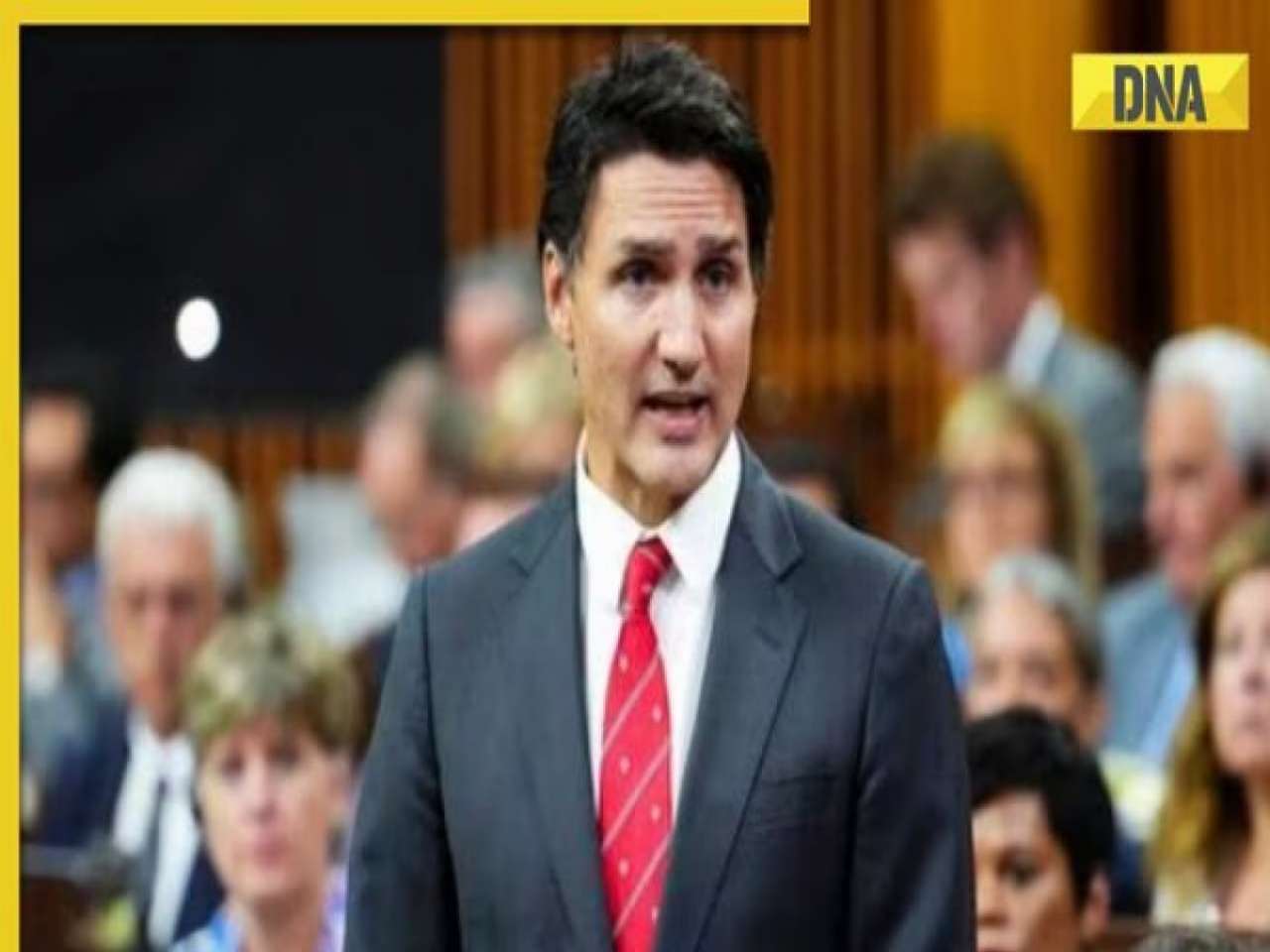

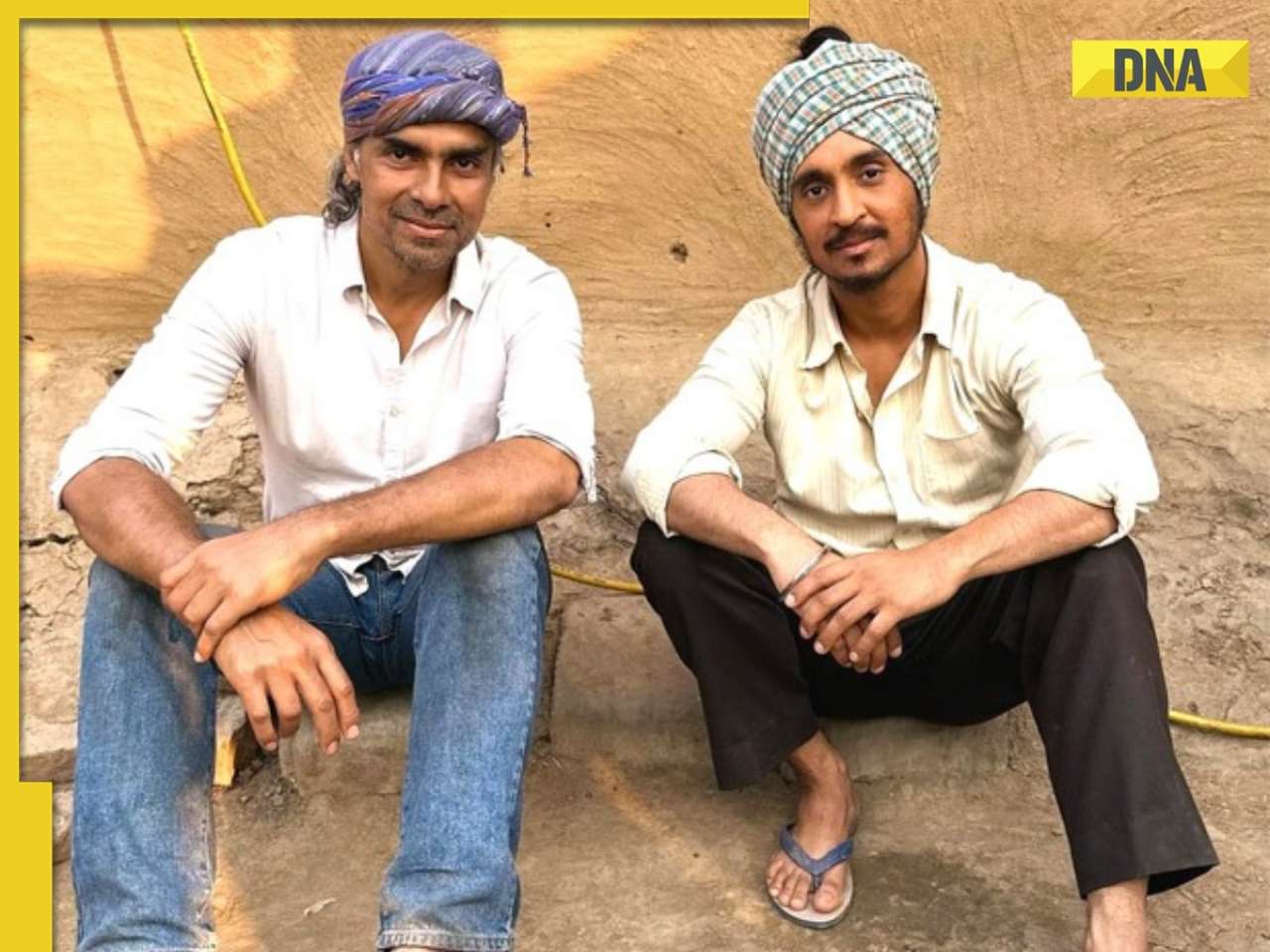





















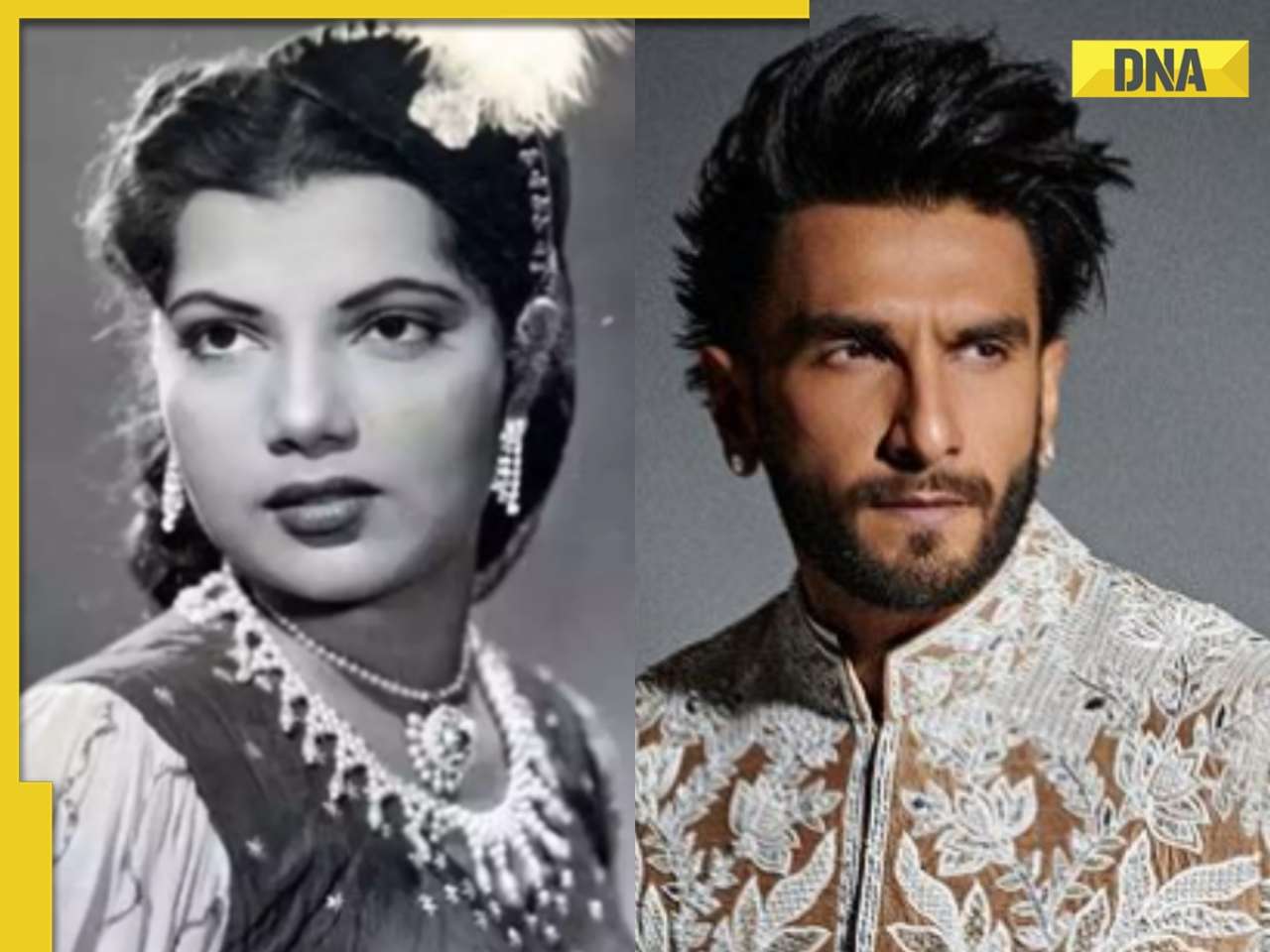


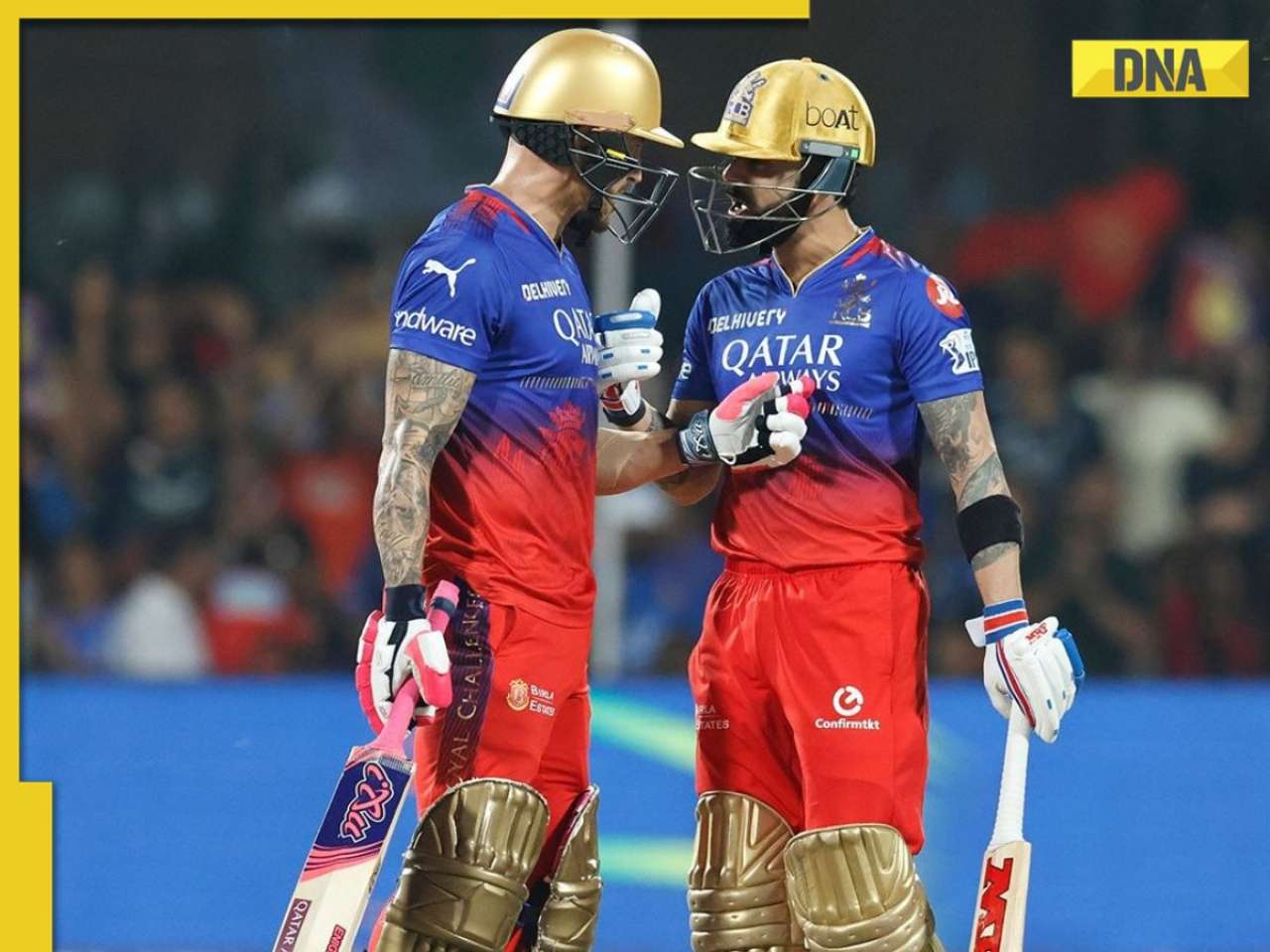


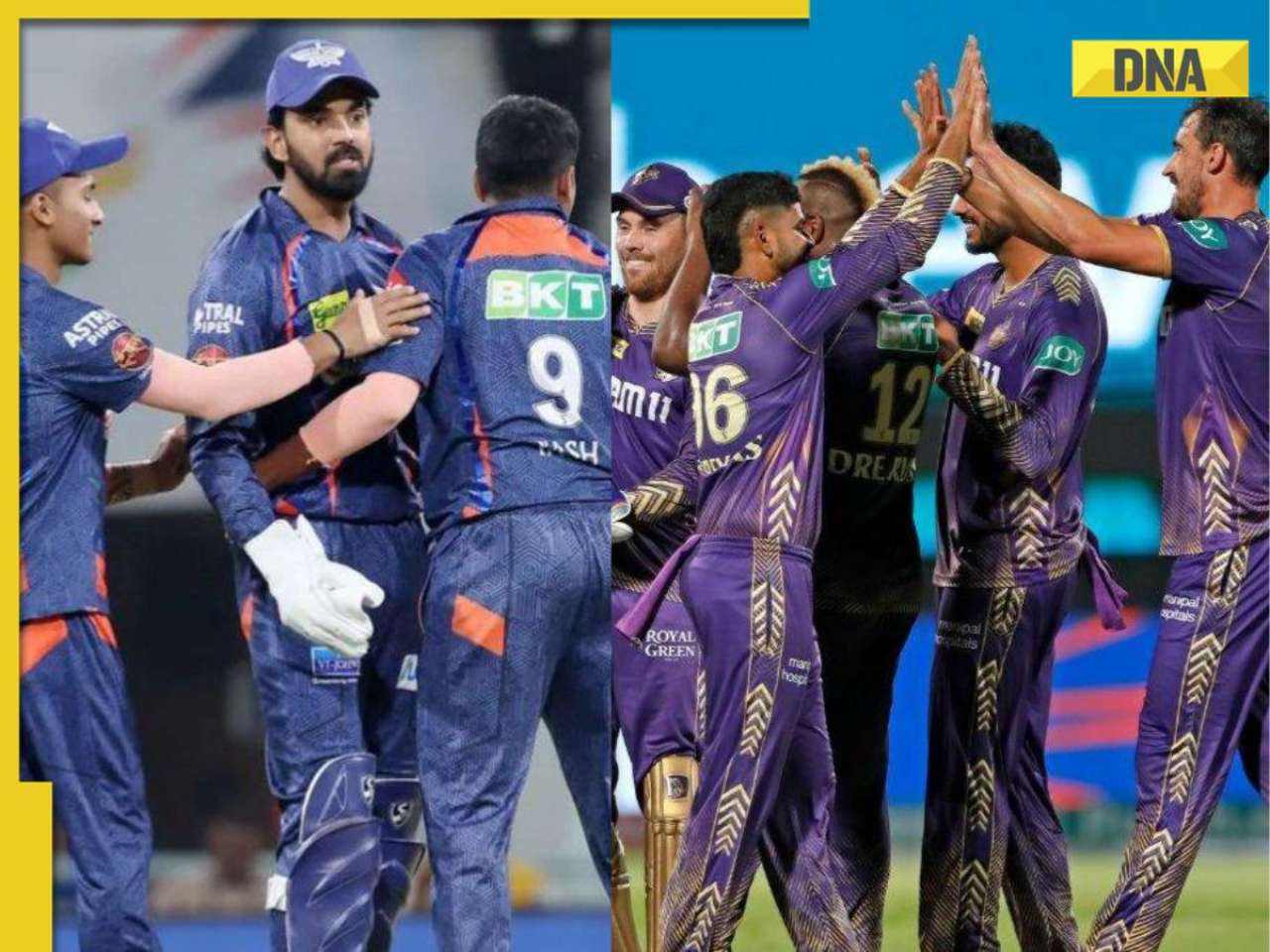
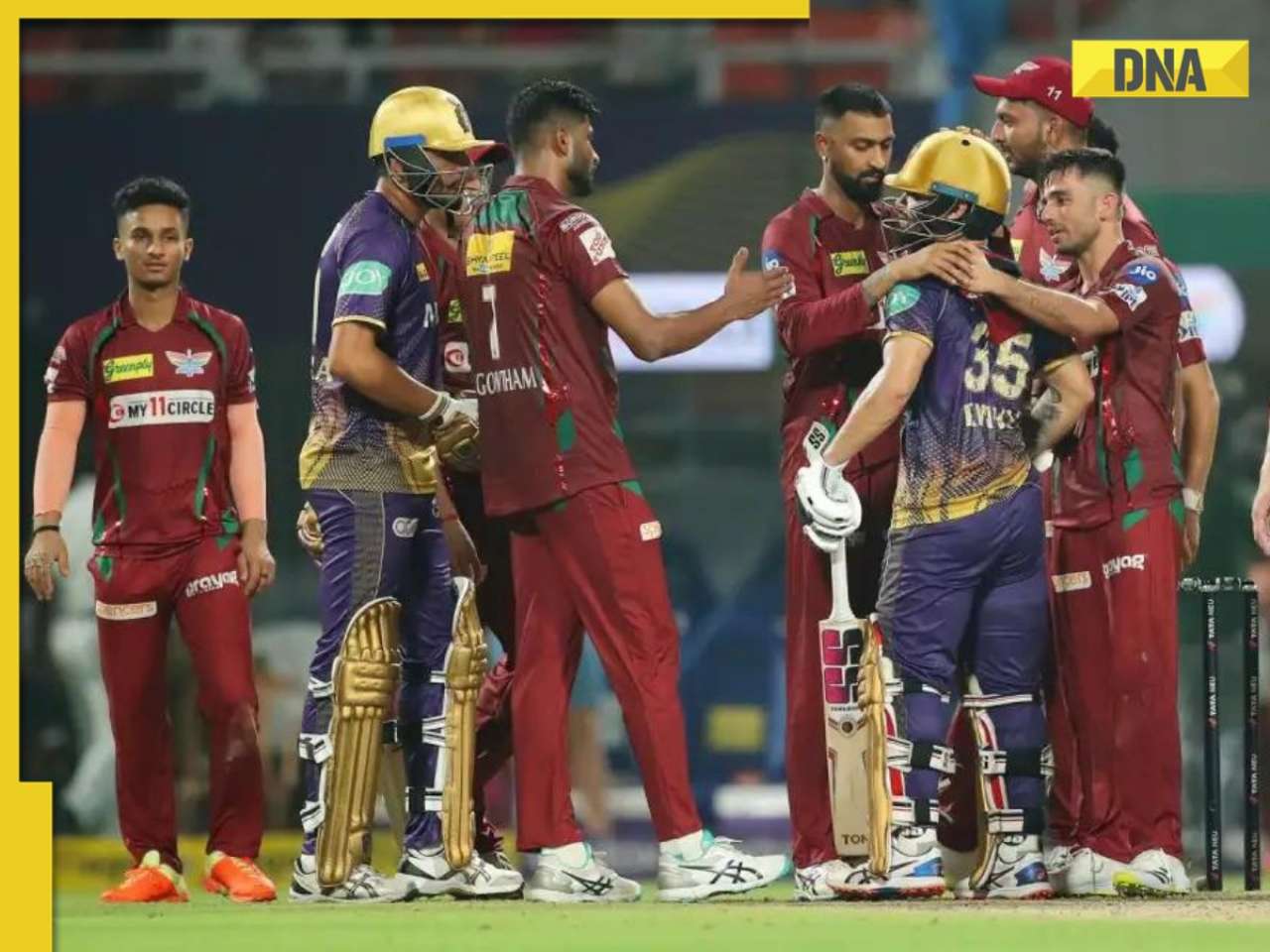


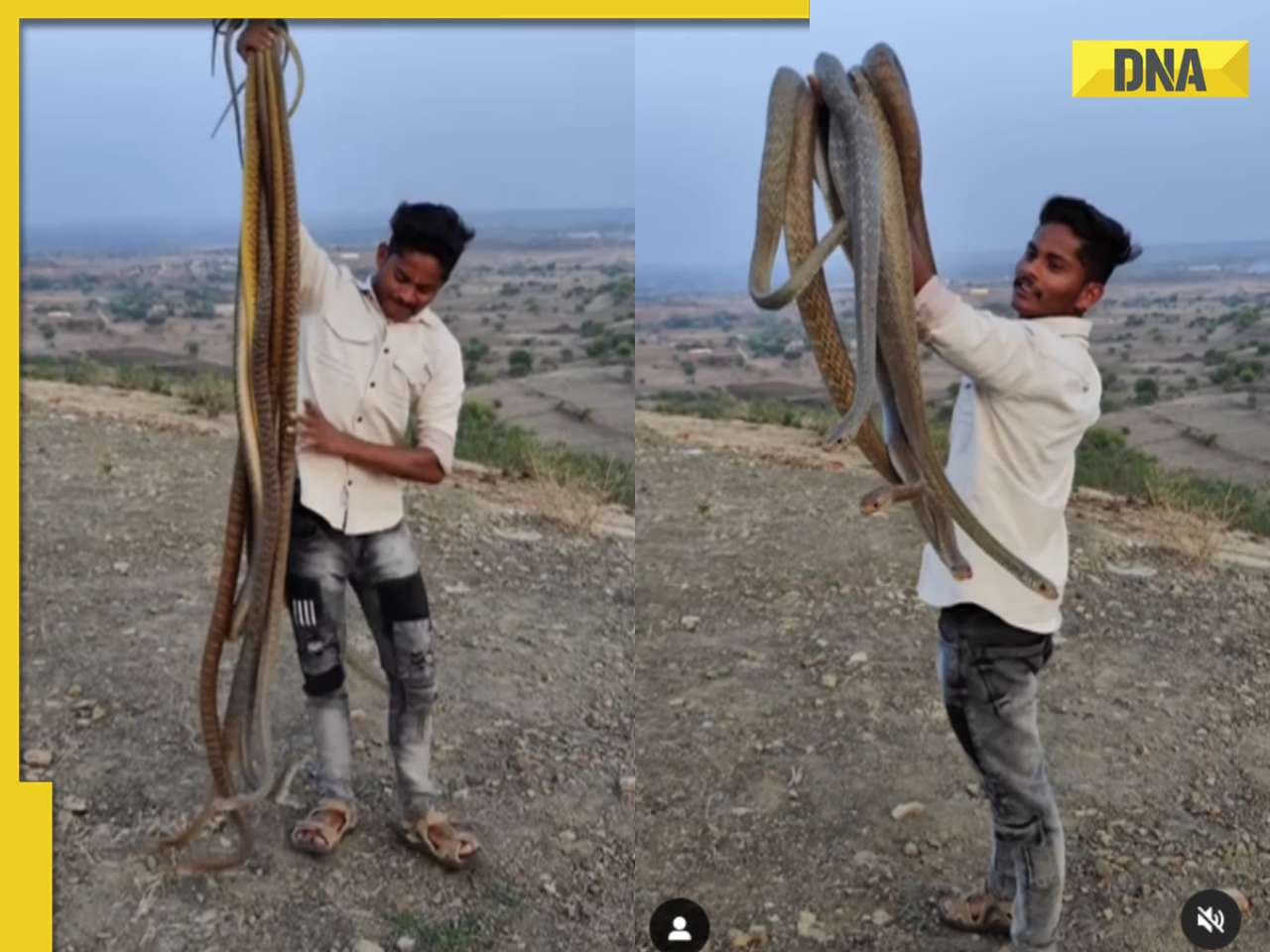












)
)
)
)
)
)